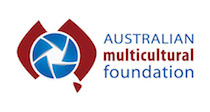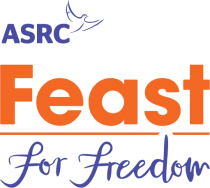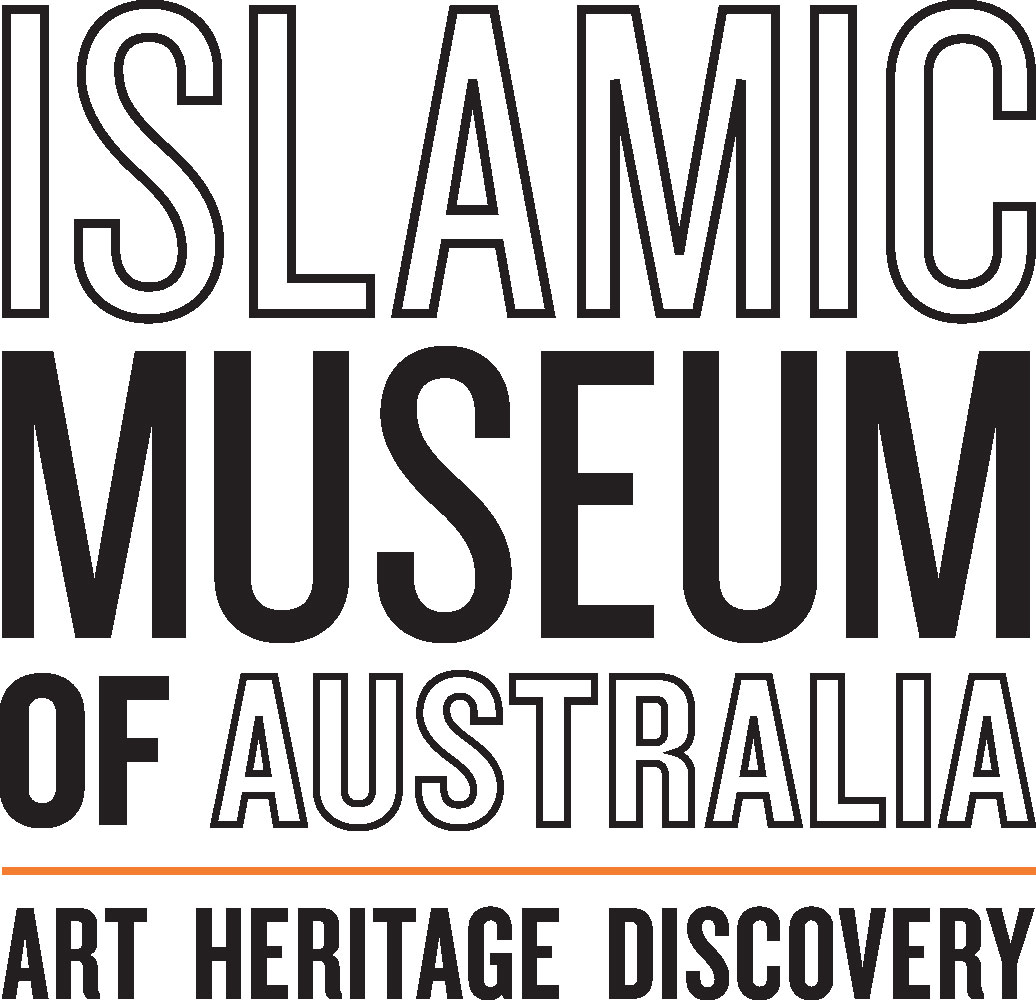Photos supplied by The Immigration Museum.
Since 1998, the Immigration Museum has been filled with the stories and experiences of those who have migrated to Victoria.
Victoria’s rich cultural diversity is made up of people from more than 200 countries, who speak 260 languages and dialects and who follow 135 religious faiths.
We spoke with Immigration Museum General Manager, Rohini Kappadath about the importance of diversity in the workplace, and how the sharing of food can break down barriers and act as a bridge between people and cultures.
What is the role of cultural institutions, such as the Immigration Museum, in driving harmony among communities?
As a Museum that is embedded in the heart of the city, in one of the most diverse geographies on the planet, where over 165 languages are spoken, the work of the Immigration Museum Melbourne is intrinsically international.
We aim to create a space where people feel welcome and are wholeheartedly accepted, not just tolerated. We seek to offer a sense of belonging, a home away from home, in a way that is authentic.
If we can be a space where everyone feels that they belong, where they feel that they can come and have conversations in a neutral ground and be able to express themselves and be accepted for who they are, then I think we have done our job. And that will indeed drive harmony amongst communities.
Museums today are places where people, ideas and cultures connect in ways that create harmony. Real stories that amplify social issues have the power to shift perceptions and build bridges of understanding and trust. Cultural institutions have a very important role in shining some sunlight on these stories of hope.
We live and breathe diversity at the Immigration Museum and are constantly reflecting on the role we can play in enabling and normalising diversity through our education and public programs.
What are your thoughts on food as a cross-cultural connector?
Food is the ultimate cross-cultural connector and its ability to bring people together is captured so aptly in the biblical symbolism of “breaking bread together”. Food plays a huge part in the identity of every culture. Sharing food marks your entry into a community, acting as a bridge between people and cultures.
Food contains so much more than just sustenance; it contains and transports the culture, traditions and identity of a group. Because of this, people will always share their food with pride and feel a sense of being accepted and respected when their food is embraced.
An intriguing piece of insight that I recently heard Masterchef Judge and food critic Matt Preston share, was how when people migrate across cultures, they tend to lose their dress, their traditional dances, their language, but people will never lose their traditional food. People will feel most disconnected from their culture when they have lost their connection to their food. I think we can see how Austalian food culture has benefitted from migration.
Following on from your experience of the first Iftaar Dinner held at the museum and the “Mahatma Gandhi: An Immigrant” community day, how can events that encourage discussion of cultures, like A Taste of Harmony, help in improving diversity and inclusion in the workplace?
The Iftaar Dinner that was held at the museum earlier in the year, was a poster child for the type of impact we want to create. We had 80 people from various cultures sitting around the table, sharing their unique stories and their identities, in a space that made them feel welcome and respected. The stories behind the women who prepared the exotic food, mentored by social justice advocate Hana Assafiri, added depth and warmth to the experience.
We created a trusted space that enabled participants to briefly come together as humans and explore what connects us. New friendships were made, new understandings were developed, and everyone left the Museum feeling enriched and hopeful for the future. I thought that experience encapsulated all that we aspire to be – so much more than a Museum, as we have commonly understood this word to mean.
Food events like “A Taste of Harmony” are a wonderfully delicious way to celebrate workplace diversity for people with more settled migrant histories to reflect on their family stories of migration. With one in four workers coming from overseas, it is important to acknowledge and celebrate Australia’s diverse workforce, a source of competitive advantage for our country.
There could be no better way to break down barriers than by sharing stories of culture over food. A better understanding of culture leads to acceptance, and acceptance leads to respect. When we explore and celebrate cultural identity and build respect for the unique cultural knowhow that people carry with them, we create a bedrock for harmony – and a better world for all.
To find out more about how you can celebrate cultural diversity in your workplace through initiatives such as A Taste of Harmony, click here:








